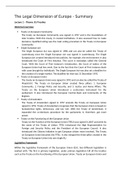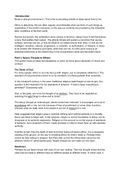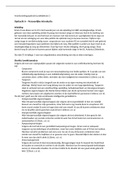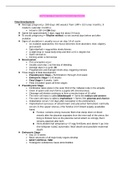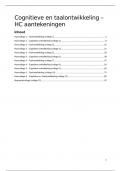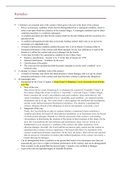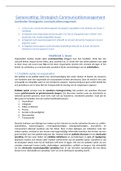Samenvatting
Summary - The Legal Dimension Of Europe | (ES-3LEGDIM-E4-15) |
In this document, you will find the lecture summarised of the Legal Dimension of Europe. With every lecture, the important articles and case laws are highlighted. This summary will help you for the final exam and is a great help next to the seminar question to pass the exam. At the end of the summa...
[Meer zien]
